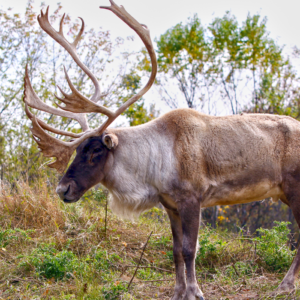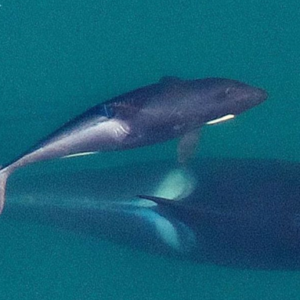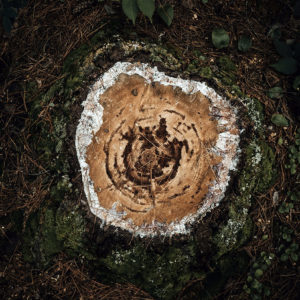Prancing with the Peary Caribou
Famously known to be Santa’s flying assistants, the reindeer, also known as caribou, are much closer to home than you think! Interestingly, the term reindeer (used in Eurasia) and caribou are used interchangeably. The Peary Caribou, a subspecies of caribou, and the smallest subspecies, are located in the Canadian Arctic, such as the Northwest Territories and Nunavut. To spot a Peary Caribou, look for a white body, with a slate back, and a grey stripe down the front of the legs. If it is a winter season, the slate back may turn a dingy brown, and some may look entirely white! The antlers are velvet and are slate-coloured instead of brown like deer and other caribou and, both the females and the males grow antlers!
The Peary Caribou are integral components to the Inuit and Inuvialuit communities as they are not only a source of meat, but for many communities are important to the local economies. If you are lucky, you may even see traditional handcrafts that are sold in markets, and collected throughout not just Canada, but internationally.
The habitat of the Peary Caribou is primarily treeless Arctic tundra. These regions are characterized as a polar desert with short, cool summers, and long, cold winters. The caribou has a broad diet and are versatile feeders, with diet varying seasonally. Since the Peary Caribou’s have dietary flexibility, the majority of their habitat is still available and has not been lost or fragmented by industrial and other human developments. You may ask yourself why the Peary Caribou is able to live in the Arctic environment and you are not (not as easily as these majestic creatures anyways). Well the reason is that they have adaptations that allow them to live there. They have compact body size for conserving heat; hooves that allow them to walk on and dig through wind-driven snow; and fur that helps them camouflage.
The Peary Caribou are polygynous, living in small groups. They live approximately 15 years in the wild, with the cows producing their first offspring by 3 years old! The males average at 1.7 m in length and weigh 245 lbs! The female are much smaller, weighing 135 lbs.
The species is facing threats from the changing climate, including increased intensity and frequency of severe weather events, which makes it difficult to search and hunt for food, and decreased extent and thickness of sea ice (causing shifts in migration). The other low-impact threats include hunting, energy production and mining, human intrusions from work activities, year-round military exercises, increases in traffic from snowmobiles, helicopters, and airplanes.
The Peary Caribou is a Threatened species. That means that the species is likely to become endangered. So, this species has an excellent chance to recover and begin flourishing again if we help them now! I know you’re asking what you can do to help save this species. Well, by sharing this information with your friends and family, more people will know about the issues that the Peary Caribou is facing. With more people knowing about this species, that means there are that many more people that will want to help! But, if you are looking for something you can do right now, start by reducing your greenhouse gas emissions, and your personal footprint. That means Reduce! Reuse! Recycle!



